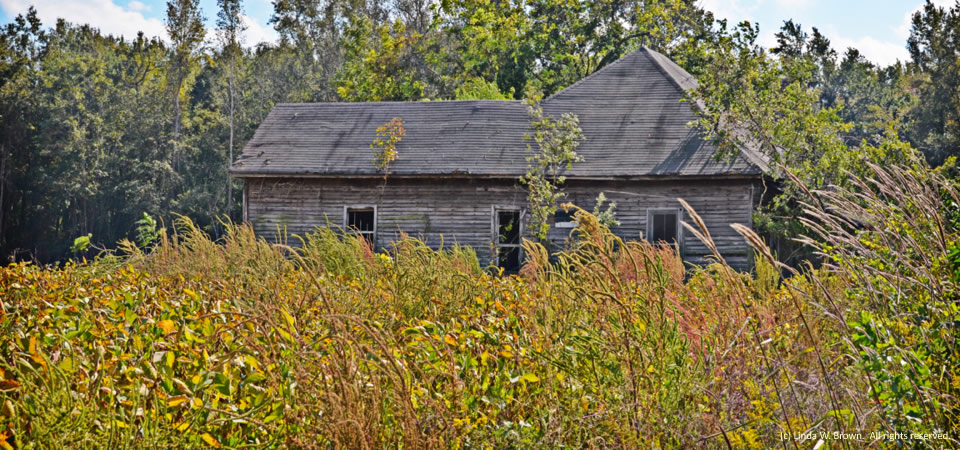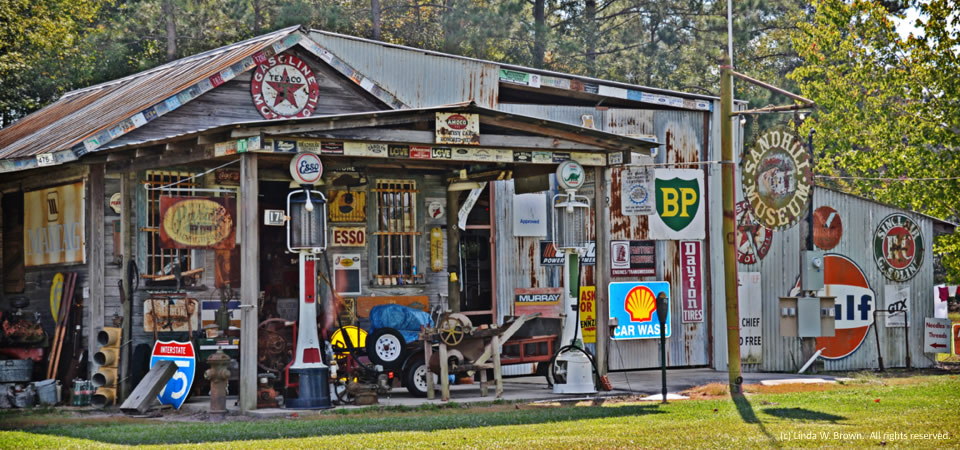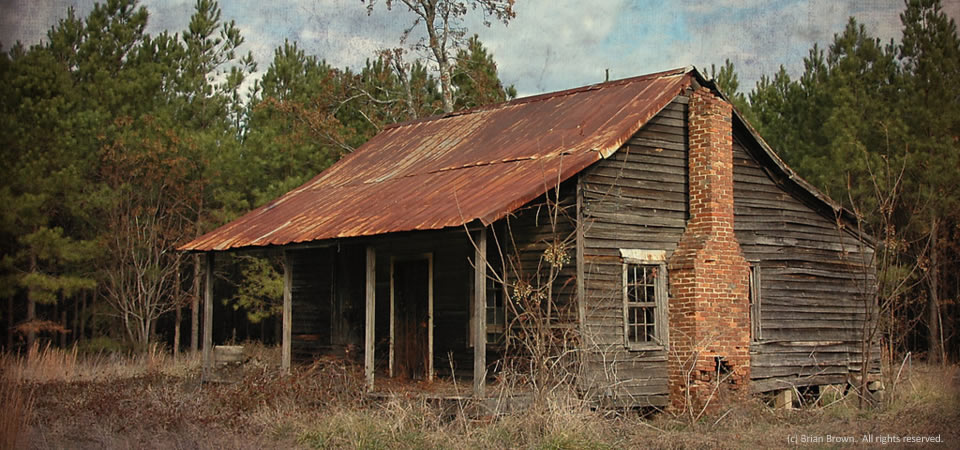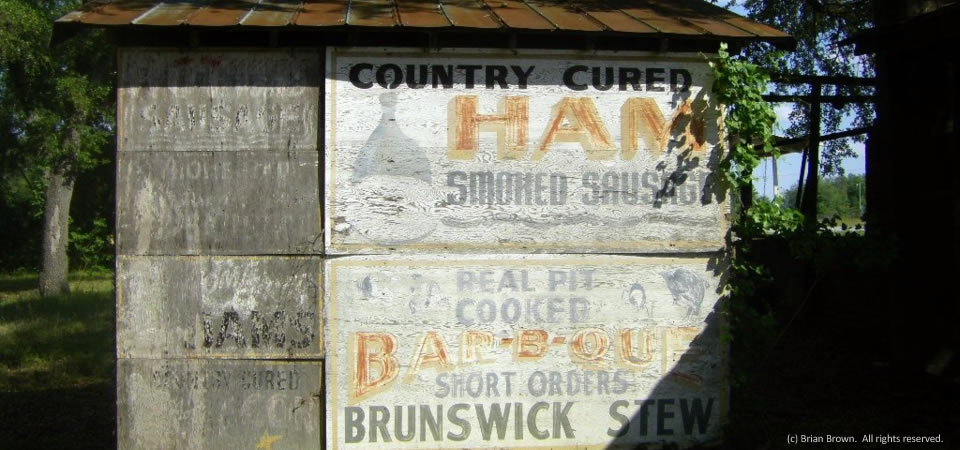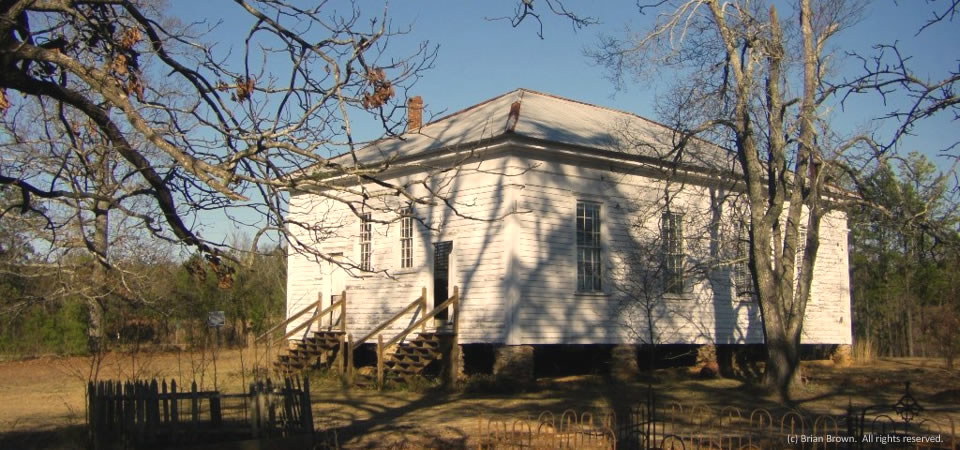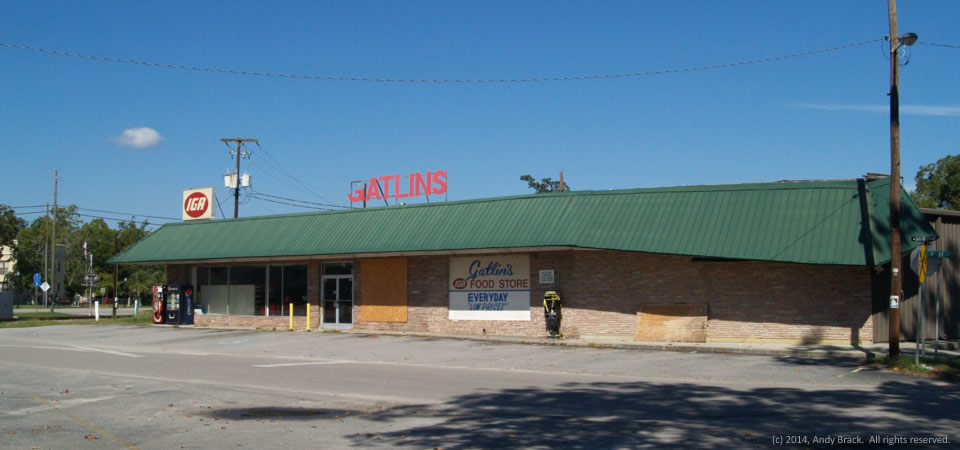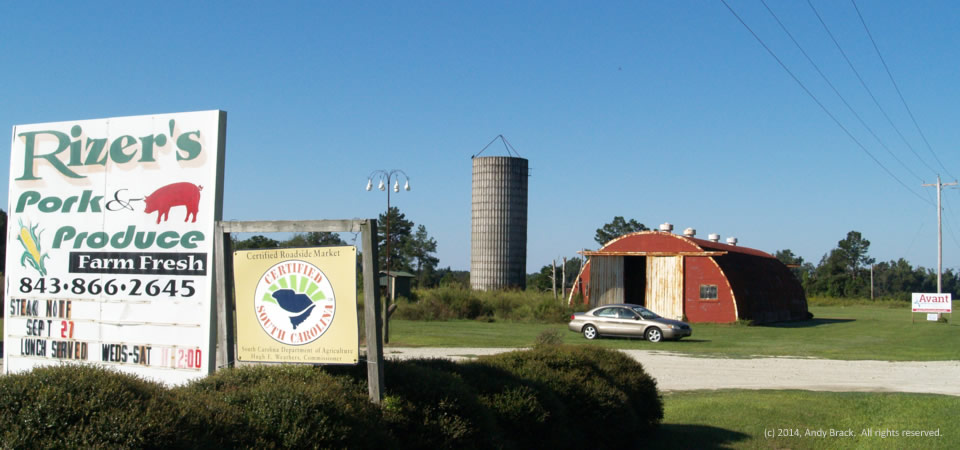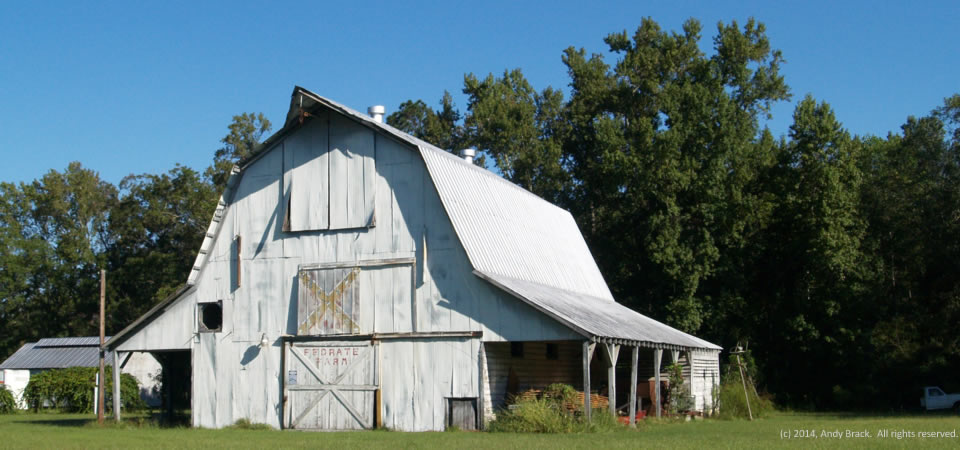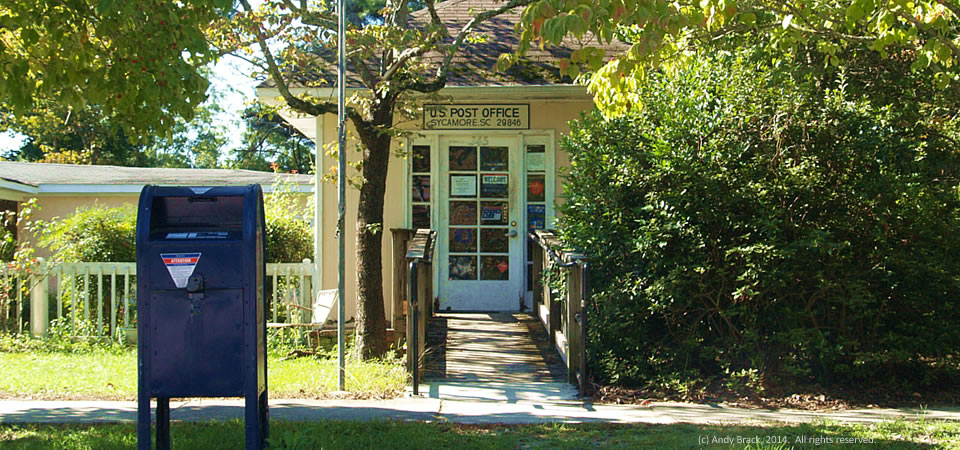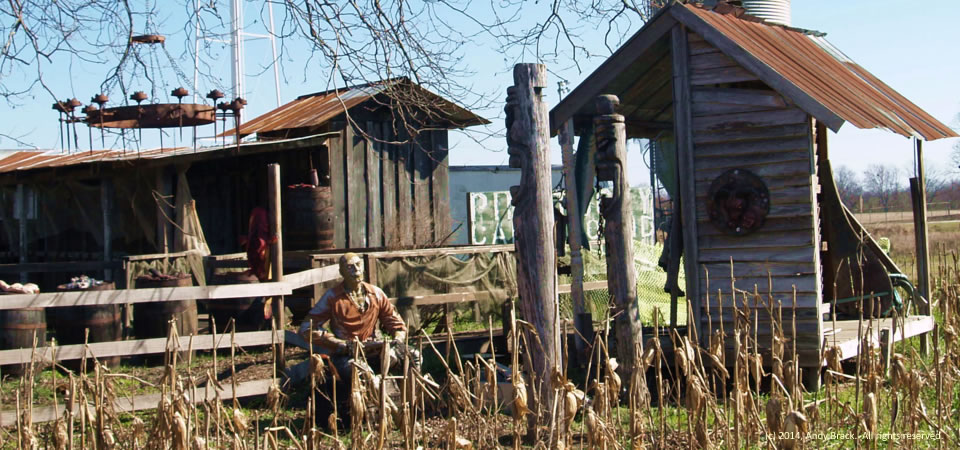
Just looking at this ghoulish photo of an that’s part of Haunted Montrose in Georgia gives us the willies. The seasonal attraction is a boost to the economy of this small Laurens County town of Montrose, population 154. Most interesting is how folks in this small community put the town on the map in a non-agricultural time of the year to generate extra revenue. See earlier photo.
Montrose, located in central Georgia, has a relatively low poverty rate of 11.2 percent, although 30 percent of its children live in poverty. Some 23.6 percent of residents of Laurens County (population 48,434) live in poverty, according to Census data
Photo taken Feb. 16, 2014 by Andy Brack. All rights reserved.


